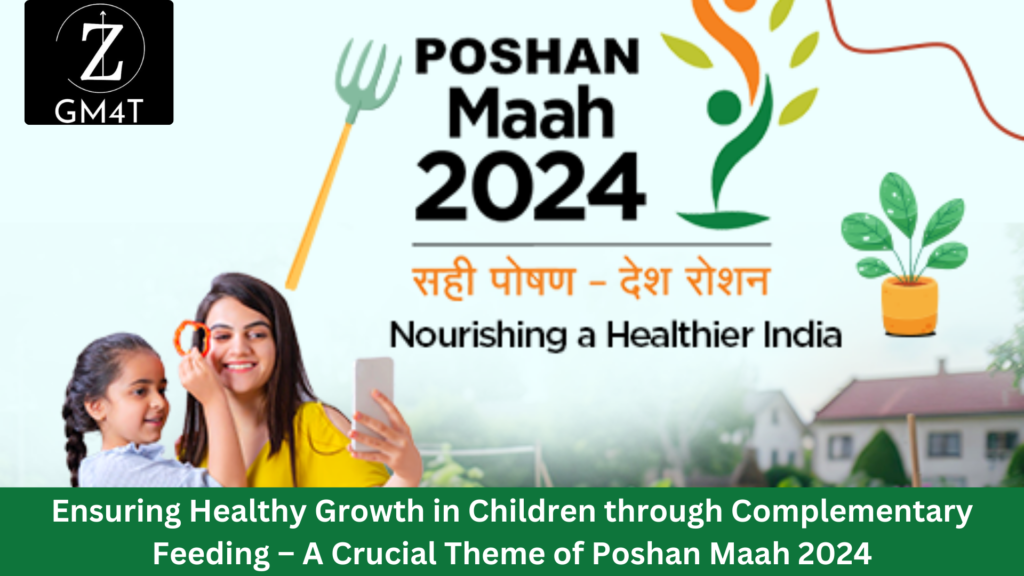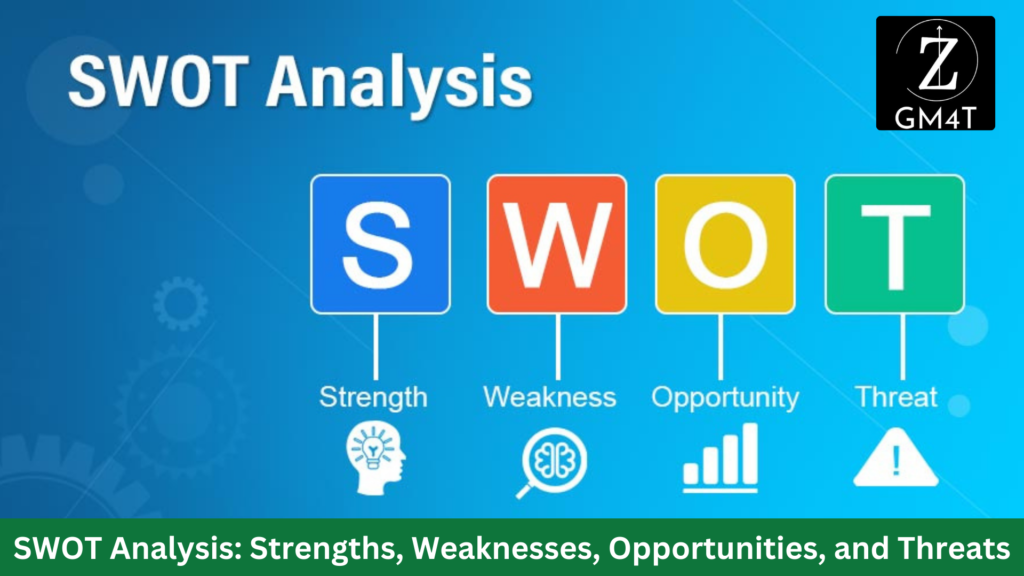
Discover – Ensuring Healthy Growth in Children through Complementary Feeding – A Crucial Theme of Poshan Maah 2024 – In an effort to tackle malnutrition and improve the health of children across India, the Ministry of Women and Child Development is once again observing Rashtriya Poshan Maah. This month-long initiative, launched in 2018 by Prime Minister Shri Narendra Modi as part of the Rashtriya Poshan Abhiyan, aims to address nutrition challenges faced by pregnant women, lactating mothers, adolescent girls, and children under six years old.
The theme of Poshan Maah 2024 places special emphasis on complementary feeding, a critical aspect of early childhood nutrition that complements breastfeeding in ensuring optimal growth and development in infants.
Why Complementary Feeding Matters
Complementary feeding refers to the process of introducing solid and semi-solid foods to a baby’s diet alongside breast milk. According to the World Health Organization (WHO), appropriate complementary feeding from 6 months onwards plays a crucial role in preventing malnutrition and ensuring healthy physical and cognitive development. In India, the need to focus on complementary feeding stems from the widespread prevalence of undernutrition, particularly in rural and marginalized communities.
Key Focus Areas of Poshan Maah 2024:
- Anemia Mukt Bharat: A major aspect of this year’s program is reducing anemia in vulnerable populations through the 6x6x6 strategy. This strategy targets six age groups with six key interventions across six institutional mechanisms. So far, the initiative has made remarkable progress, providing 180 Iron and Folic Acid (IFA) tablets to 95% of pregnant women and 65.9% of lactating women, significantly improving maternal and child health outcomes.
- Tech-Driven Solutions: Digital tools like the POSHAN Tracker are transforming how nutrition interventions are delivered. This innovative ICT platform monitors the growth and nutritional status of over 10 crore beneficiaries in real-time, ensuring that no child is left behind. Through growth measuring devices available at Anganwadi Centers (AWC), accurate tracking of children’s health is now easier and more efficient, allowing for timely intervention when needed.
- Intensified Jan Andolan (Community Movement): Community engagement is at the heart of Poshan Maah. Since its inception, Jan Andolans have become the vehicle through which nutrition awareness is spread to households across India. With over 100 crore sensitization activities recorded, this grassroots effort underscores the power of collective action in driving positive behavioral changes related to nutrition and health.
SWOT Analysis: Strengths, Weaknesses, Opportunities, and Threats

Discover – SWOT Analysis: Strengths, Weaknesses, Opportunities, and Threats – Poshan Maah 2024 displays clear strengths, such as its extensive reach and use of digital tools like POSHAN Tracker for real-time monitoring, contributing to data-driven interventions. The wide-scale implementation of community-led initiatives ensures grassroots participation, while the Anemia Mukt Bharat strategy continues to yield significant improvements in maternal and child health. However, a key weakness lies in the challenge of consistent data entry and the technological gaps in remote or underserved regions, which may limit the effectiveness of digital tools. The opportunity to scale up this initiative by addressing these gaps and integrating more localized solutions is immense, particularly in leveraging community healthcare workers and traditional knowledge. Yet, potential threats include the cultural barriers that still persist in adopting nutritional practices such as complementary feeding.
The Role of Complementary Feeding in Child Nutrition
As children transition from exclusive breastfeeding to complementary feeding, the quality of their diet becomes a key determinant of their growth and development. Introducing the right kinds of foods at the right time—rich in essential nutrients like iron, protein, and vitamins—can significantly reduce the risk of stunting, wasting, and other forms of malnutrition. Poshan Maah 2024 encourages parents, caregivers, and community workers to prioritize appropriate complementary feeding practices to secure a healthy future for children.
Mission Poshan 2.0: A New Era in Child Nutrition
The integration of Mission Poshan 2.0 into national nutrition strategies has enhanced the ability to track children’s growth patterns over time, using WHO growth charts. Growth Measuring Devices (GMDs) at Anganwadi Centers have made it possible to gather accurate data on children’s development, while the Poshan Tracker enables real-time monitoring, allowing for prompt responses to any emerging growth issues.
Conclusion
Complementary feeding is a cornerstone of child nutrition, and its importance cannot be overstated. By focusing on this vital phase during Poshan Maah 2024, India is making great strides toward improving the health and well-being of its youngest citizens. The collective efforts of the government, community, and health workers will help ensure that every child gets the nutrition they need to grow, thrive, and reach their full potential.
Read Also :-
- Scenario: Assessing Knowledge About Cervical Cancer Among Medical Students
- The Art of Writing Aims and Objectives in Research
- Crafting the Perfect Research Introduction: A Guide for Medical Researchers
- Mastering Protocol Writing for Medical Research
- The Art of Reviewing Literature
- Cross-Sectional Study Design: A Snapshot of Epidemiology
- How to Perform Statistical Tests in a Cross-Sectional Study: A Step-by-Step Guide
